Goal: Recognize a lack of information
Source: CT151.2S02-24
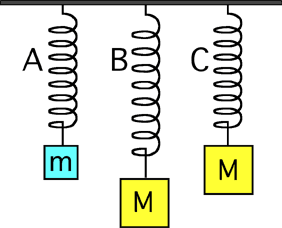
Consider the situations at right. Let m < M. Which spring has
the largest spring constant?
- A
- B
- C
- A and B are equal
- A and C are equal
- B and C are equal
- All of them have the same spring constant
- Cannot be determined
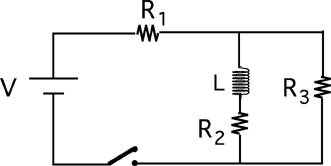
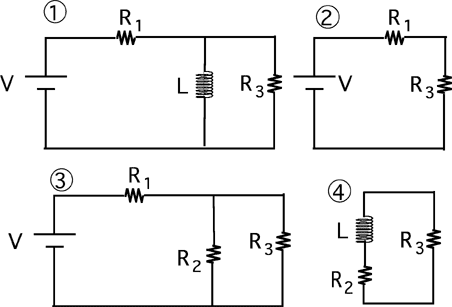
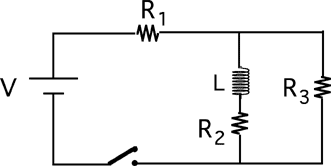
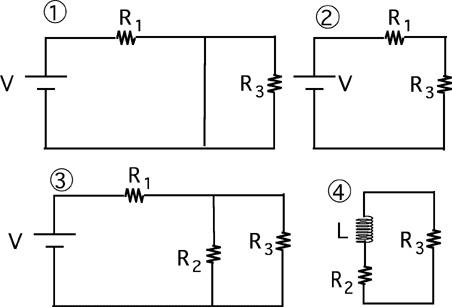
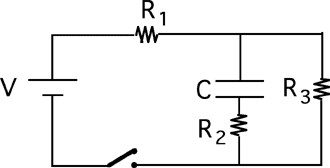
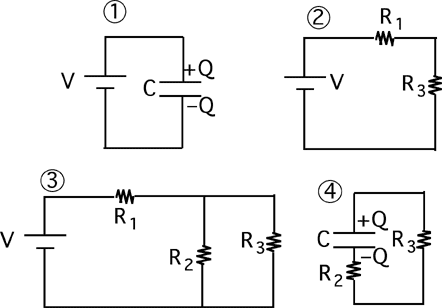

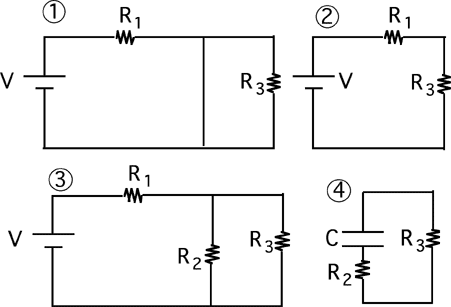

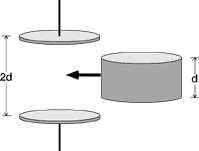
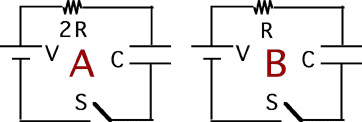
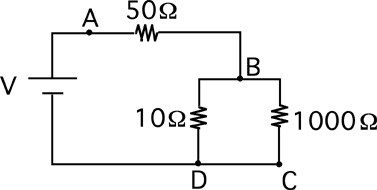
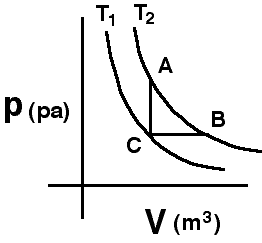
Commentary:
Answer
(8) The objective of this question is to reveal what students are
assuming about the springs. The reasoning behind any incorrect answer
should be thoroughly discussed.